Amid increasing urbanisation and unfavourable climatic conditions, the green cover around us is fast receding. Green lungs of cities are dwindling as we gasp for want of poor air. Several health-conscious people resort to desperate measures to maintain a green patch near their houses. Windows, terrace and even kitchen counters are used to grow veggies as well as aromatic and ornamental plants, especially in space-starved urban houses.
Consider raising a few beneficial plants in such spaces or in the backyard. While adding more green to your garden, a few commonly found plants may grant you good health. Here a few easy-to-find plants that will benefit us immensely:
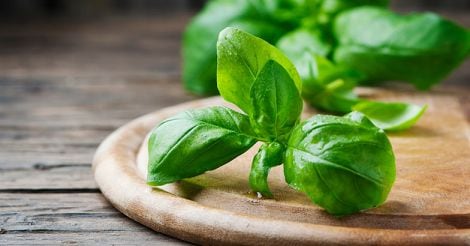 Photo: iStock
Photo: iStock1. Tulsi
Tulsi or Holy Basil is an aromatic plant, which is native to India and is considered sacred by the Hindus. Though, its religious significance is known, few are aware of its medicinal uses. The once-popular tradition of drinking tulsi water on empty stomach in the morning is no longer in vogue. Sprinkling the tulsi water over your body and chewing these leaves were common practices until a few generations ago.
Benefits: Tulsi has proven antimicrobial, anti-depressant and an anti-viral properties. This hot and pungent herb helps normalise metabolic activity. As it directly acts on the cognitive functions, consumption of tulsi boosts memory power and minimises the chances of depression.
How to use
» Chewing tulsi leaves can also help regularise menstrual cycle. Steam inhalations with tulsi water will help reduce acne formation.
» Apply a paste of tulsi leaf and turmeric around a swelling caused by insect bite. If a poisonous insect such as a wasp has bitten you add a bit of lime in the mixture and apply it to heal the wound. It will also give you a cooling sensation.
2. Indian Borage
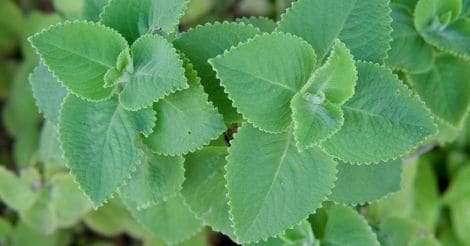 Photo: iStock
Photo: iStockIndian Borage or Mexican mint or Spanish thyme is locally known as 'panikoorkka' or 'njavraila' in Malayalam. It is widely found and is easily identifiable by their small green leaves. This fast-growing herb is hardy and requires little water.
Benefits: Indian Borage has been traditionally used as a first line of treatment for nasal and chest congestions. One leaf of this herb, along with tulsi, will help relieve any blocked nose.
How to use
» In children with irritant bouts of cough, it is advised that they chew the raw leaf alone and an immediate relief is noticed in the children. It also relieves dysentery and flatulence.
» The chewing of Indian Borage leaves helps to boost immune system as the organic compounds in the leaves inhibit the growth of bacteria or other pathogens in the body tracts. It can also cure sore throat.
» Consuming tea brewed with the plant leaves is also an option.
3. Neem
 Photo: iStock
Photo: iStockNeem or Indian lilac is native to India. This tropical tree is found in Indian villages and by the wayside. This evergreen, fast-growing tree can shoot up to a height of 15-20 m and even more. Its drought-resistant features make it ideal for water-starved regions.
Benefits: Neem has anti-bacterial and anti-fungal properties. Its tender stems are used as toothbrush, especially by villagers in northern parts of India. The astringent elements of the plant helps protect the teeth from cavities and bleeding gums. It also helps clear the mucous or phlegm from the upper respiratory tract and thus wards off bad breath.
How to use
» Water boiled with neem leaves helps in detoxification and thus brings about a glow to the skin.
» Consumption of a paste made with its leaves early in the morning helps in de-worming and thus improves assimilation and absorption of nutrients.
» Paste of the leaf along with turmeric if applied over an acne will help prevent pus and scar formation.
» Bathing in water boiled with these leaves helps relieve certain dermatitis issues such as psoriasis.
Also read: Panacea potion | Simple ways to avoid summer maladies
4. Hibiscus
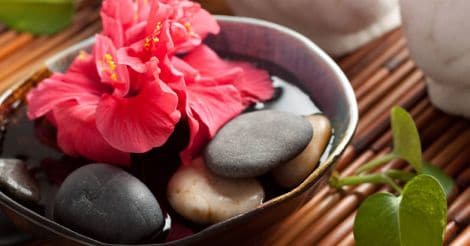 Photo: iStock
Photo: iStockHibiscus is another traditional flowering plant seen around most homes. It is notable for its large, colourful flowers, which can be red, yellow, white, or peach. Apart from their ornamental value to the garden, the leaves and flowers have immense medicinal benefits.
Benefits: The leaves and flower ground together work as an excellent natural shampoo. This plant is used in hair oils to give rise to darker and stronger hairs. Besides the hair development, it is also used to reduce excessive menstrual flow in women. The flower buds of this plant can increase the blood count of people who has undergone chemotherapy. It has excellent wound-healing property.
How to use
» The flowers made into a paste and applied over the wound helps reduce scar formation.
Also check: Panacea potion | Beat the heat with the right diet
5. Bamboo
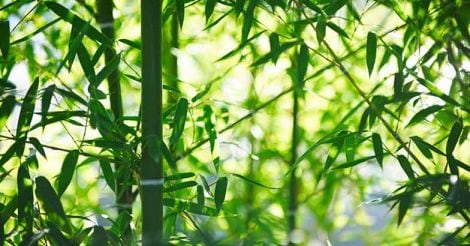 Photo: iStock
Photo: iStockBamboo is an evergreen tall perennial plant. It is known as 'illimula' in Malayalam.
Benefits: Bamboo has great diuretic benefits and is safe on the kidneys. Its seeds are used for normalising diabetes.
How to use
» Its shoot decotion is advised for painful menstruation and the resin of the plant is used to clear phlegm.
» The leaf extracts also help in reducing painful dysentery and internal bleeding to an extent.
» Sitopaladi choornam, which has bamboo as an ingredient, is used to cure cough. It is given with honey to heal tuberculosis.
The above-mentioned plants are easy to find and grow. Raise them at a convenient spot near your house and use them appropriately for good health.


























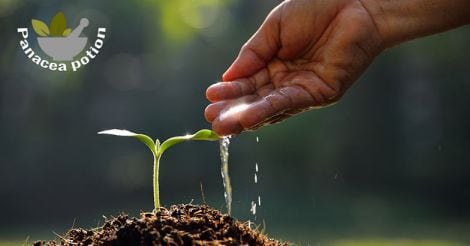 Photo: iStock
Photo: iStock